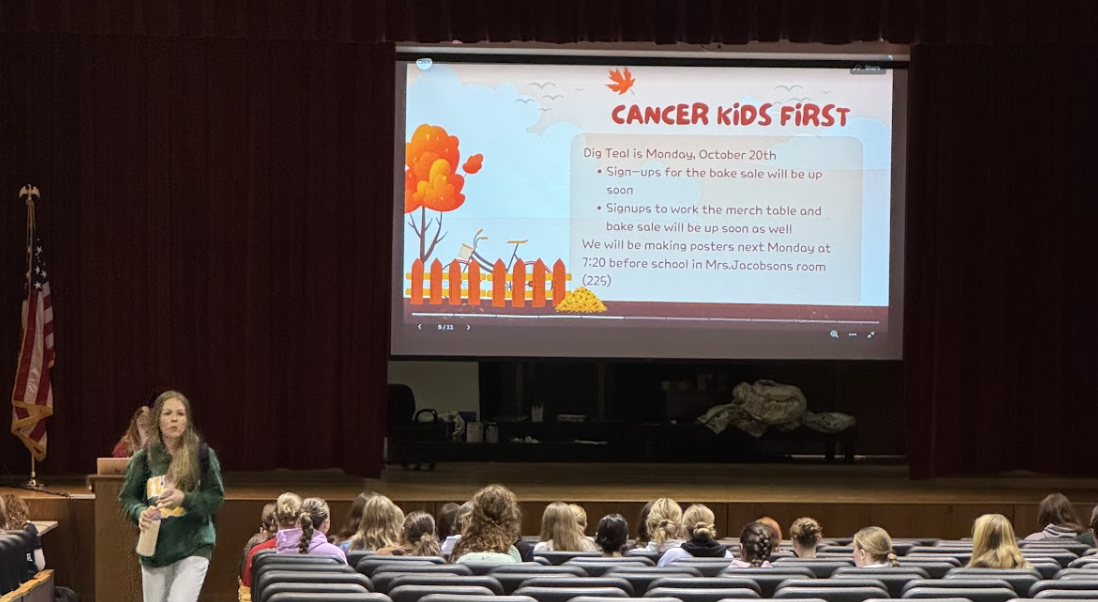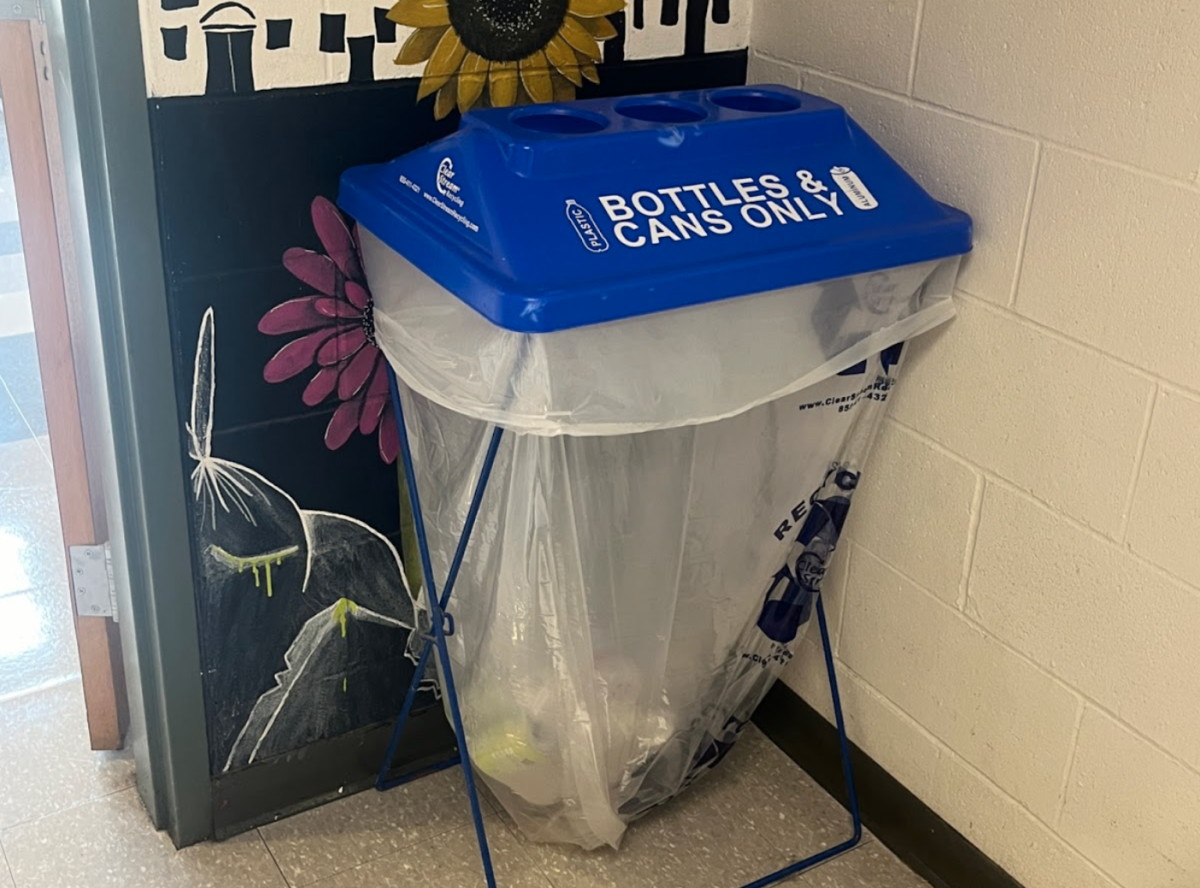To some, it may seem enjoyable and even satisfying to categorize people. The simplification of human traits and the classification of oneself can be entertaining and helpful to understanding or self-reflection, but these generalizations can be harmful. The V.A.R.K. Learning types (Visual, Aural/Auditory, Read/Write, and Kinesthetic) began as just V.A.K., the invention of Neil Flemming, a New Zealand inspector of education, based on his research of students and teachers. The fully developed V.A.R.K. system quickly became popular and was commonly applied. Most of us have heard someone refer to themselves as a visual-, auditory-, hands-on-, or other type-learner. However, more recently researchers have begun to question these categories.
The concept of applying these sense-based teaching methods based on various conditions is a long established and well researched field. The ideal result of this research is to find a simple solution to an incredibly complex topic: improving understanding for learners and making education more efficient. The appeal of V.A.R.K. learning styles comes from its simple prescriptions to achieve these goals of more efficient learning. In theory, V.A.R.K. teachers could simply accommodate for individual learning types, and students would be left with a better understanding of the lesson.
One of V.A.R.K.’s implications is that, if someone is taught based on their learning type, they will learn better than if they were taught otherwise. However, in reality there is no evidence that teaching in someone’s preferred learning type has any positive effect on their understanding. In fact, some research proves the opposite: that utilizing modalities outside of a student’s preferred learning type can help them learn better. Furthermore, studies related to learning types rely on self-reported learning profiles that are difficult to validate and are often inaccurate. While there are many supporters and ongoing debates on the subject, V.A.R.K. remains a theory due to its limited evidence.
To understand opinions on learning styles here in Hingham High School, students and teachers were asked for their input.The most pressing concern presented by opponents of VARK is whether its method of categorizing students could be harmful. Out of three teachers who provided input, two of them said that categorizing learners could possibly be harmful. Generally researchers opposed to V.A.R.K. believe that it assumes learners are passive and unchanging and fails to accommodate dynamic students.
HHS sophomore Peyton Burke argues that, “By categorizing a student as a single learning type, it disregards the other factors influencing their quality of education – the difficulty of the curriculum, the quality of the presentation versus the textbook, and the constant development people undergo. One day, a student may identify as a visual learner, but the next they may find they retain information best if they heard it – if they have been classified as a visual learner, then the constant changes would only further distract from learning by shifting focus onto the manner of learning. While some individuals greatly benefit from a specialized style of teaching geared to helping them, the effort would be useless if they found that, while growing and developing, they have a different style of learning or no preference at all”.
Fifty-four percent of surveyed students at HHS self reported that they did not fall under a specific learning style or that they were not sure if they did. One of those students, Casey Salerno, explained why: “Because I feel like I learn in many different ways and different methods of teaching are effective for different subjects.” Similar to Casey, many students who said that they were not sure/not under a specific learning type explained that they feel they can be helped with a variety of methods rather than just one type. In addition to teachers the majority of students who responded agreed that V.A.R.K. has the potential to/is harmful to learning.
Multiple teachers pointed out that one of their top priorities is to prepare students for life, which is important to keep in mind when discussing teaching methods. As research continues and teaching styles continue to evolve one must proceed with a critical eye and remember that teaching is a complicated task, given the unique and growing minds of students.






























